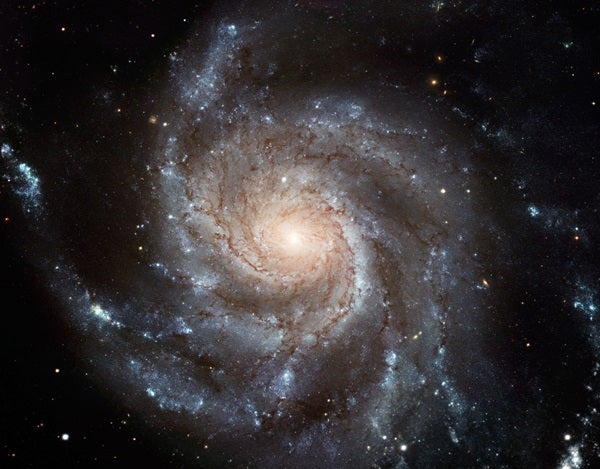When giant clouds of dust and gas condense to form stars, such as the process occurring in the Orion Nebula, only a small fraction of the hydrogen gas present actually ends up in the resulting stars. This leaves plenty of hydrogen from which future generations of stars can form.
The inefficiency crops up in a number of places. First, when an interstellar cloud of (mainly hydrogen) gas collapses under its own gravity to create a new group of stars, only a small fraction of the material in the cloud actually ends up incorporated into the stars. The remainder is swept away by strong winds from circumstellar accretion disks.
Second, winds can also develop during a star’s lifetime, either driven by the pressure of hot gas in the corona above the stellar surface, or — in the most luminous stars — by the pressure of light itself. These winds mean that stars reach the end of their lives having lost a significant fraction of their outer layers. The material in these layers rejoins the interstellar medium from whence it originally came.
Finally, the conversion of hydrogen into heavier elements occurs only in the core region of a star, where the temperature and density are sufficiently high for nuclear fusion reactions to take place. Hydrogen farther out in the star’s envelope generally remains unburned (although some exceptions can arise). As a consequence, when a massive star (with an initial mass around nine or more times the mass of the Sun) reaches the end of its life and explodes as a core-collapse supernova, there is still plenty of hydrogen in the star’s envelope; and this hydrogen is driven out by the explosion and again rejoins the interstellar medium.
Rich Townsend
Assistant Professor,
Department of Astronomy,
University of Wisconsin-Madison










